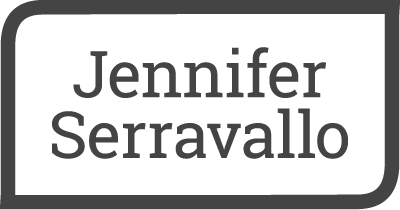Amplifying Students’ Voices
Culturally Responsive Teaching Series
January 27, 2025
Over the last couple of years, I have spoken to nine educators leading the discussion about culturally responsive teaching practices. They all shared one critical belief—all students bring an important voice to the classroom, one that deserves to be nurtured and heard. What I learned during these conversations is so crucial that I wanted to share a few highlights to revisit key ideas for those of you who have listened to the full episodes, and to pique the interest of those of you have not yet done so.
Let the Community Speak for Itself
Dr. Debbie Reese of the Nambé Pueblo, the creator of the American Indians in Children’s Literature site, states that it’s only by honoring the voices of Native writers that kids can truly understand and appreciate the rich stories of the many indigenous American tribes and begin to overcome the harmful stereotypes present in so many popular children’s books. Debbie provides three rules of thumb when selecting books by Native writers.
1. Choose books that are tribally specific, showcasing the diversity of indigenous cultures while pushing against the idea of the monolithic native person.
2. Use the present tense when talking about Native tribes to convey the important role indigenous peoples continue to play in our country.
3. Include book by native writers all year long to affirm the identify of native students every day in every classroom.
Taking It to the Classroom
Lean into experts. Debbie writes a bi-monthly blog where she offers a critical analysis of Indigenous peoples in children's and young adult books. And she provides lists of exceptional fiction and nonfiction by Native writers representing dozens of different tribes.
Encourage questions. Help students become critical readers by encouraging them to think about the author’s perspective or bias, cultural stereotypes, and historical representation—important skills in today’s world where it can be hard to discern fact from fiction.
Read the Rainbow
In their book Reading the Rainbow, Dr. Caitlin Ryan and Cr. Jill Hermann Wilmarth know it’s critical for teachers to support all students from all kinds of families. One of the ways we serve students (and their families) is to make sure that LGBTQ+ students, and those with family members in the LGBTQ+ community know their voices and lived experiences are valued. And if you need a reason beyond simple humanity, research shows that an inclusive curriculum decreases bullying and increases attendance and graduation rates.
Taking It to the Classroom
Advocate with your peers. GLESN research shows that 58% of students have heard homophobic remarks and 72% have heard negative comments about gender expression from teachers and other school staff. So, if you hear negative bias, talk to your colleagues, help them understand how harmful their language might be, and suggest a few changes they might make. Sometimes adults just need to know what to say.
Keep learning. Continue to educate yourself about the most current LGBTQ+ language and inclusive practices. Check out the educator resources at the GLESN website.
Bring Youth Culture to the Classroom
Dr. Edmund Adjapong has written dozens of scholarly papers on hip-hop based education, which he defines as the authentic incorporation of hip-hop elements and sensibilities into instruction which specifically supports Black and Latino students but also caters to all students as it engages them with content. Dr. Adjapong identifies five elements of hip-hop education.
1. Knowledge of Self: how we want students to engage with the world and to understand and address inequities in the world.
2. Graffiti Art: allows students to conceptualize content through artistic representation.
3. The MC: encourages viewing students as valuable co-teachers.
4. The DJ: leverages technology and music in our classrooms.
5. B-boying: conceptualizing content through movement.
Taking It to the Classroom
Teach the history of hip hop. In order to incorporate authentic hip-hop elements into the classroom, you and your students need to know how, why, and where hip hop got started and how the culture varies based on context and community. Learn more in Dr. Adjapong’s book Teaching for Liberation.
Display student work. Dr. Adjapong notes that in order for young people to feel like writers, artists, mathematicians, or scientists, they must have an identity that aligns both with the content and the culture. Public display in school, in community spaces, or on social media helps students claim their identity.
To learn more about these esteemed educators’ research and ideas, listen to the full podcasts.

